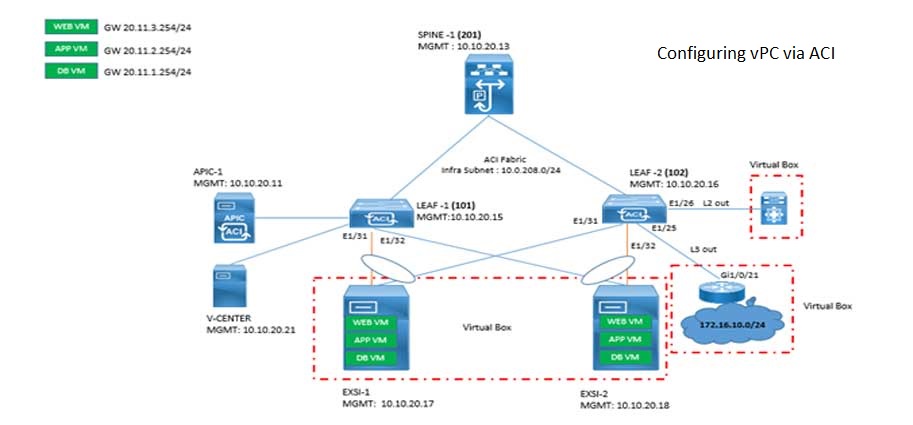
1.4 Identify interface and cable issues (collisions, errors, mismatch duplex, and/or speed)
Identifying interface and cable issues is a critical aspect of troubleshooting network problems. In a CCNA context, understanding and resolving issues related to collisions, errors, mismatched duplex, and speed mismatches are essential.
1. Collisions
Collisions refer to the data transmitted from multiple devices at the same time on a shared medium such as ethernet for example if multiple desktops are connected to a hub, when two desktops send data at the same time then that data collision occurs resulting the data loss and resending of the same will happen. Excessive collisions can lead to degraded network performance and slow data transmission. Here the below picture demonstrates that PC1 and PC2 are connected to a Hub and when these two devices transmit data, collision will occur this is called collision domain. If this hub is replaced by a switch, then collision domain is restricted only to switch ports.

Troubleshooting Steps:
✓ Check the interface statistics for collision counts. This can be done using the "show interface" command on Cisco devices such as switches.
✓ Identify the interfaces with a high number of collisions.
✓ Determine the cause of collisions, which could be due to network congestion, improper cabling, or faulty network interface cards (NICs).
✓ Troubleshoot the issue by addressing the underlying cause, such as optimizing network traffic, replacing faulty cables, or updating NIC drivers.
2. Errors
Errors on network interfaces can indicate issues with data transmission, such as packet loss, corrupt packets, or transmission failures. High error rates can result in data loss, network instability, and decreased performance.
Troubleshooting Steps:
✓ Use the "show interface" command to check the error counters on the interface, such as input errors and output errors.
✓ Identify the interfaces with a significant number of errors.
✓ Investigate the cause of errors, which could be due to issues like electrical interference, faulty cables, or misconfigured network settings.
✓ Troubleshoot by replacing damaged cables, checking for loose connections, or adjusting network configurations as needed.
3. Mismatched Duplex
Duplex refers to the method by which data is transmitted and received on a network interface. Duplex setting is mismatched between the two connected devices when one device has full duplex and other has half duplex. Though by default interfaces are configured "duplex auto" which prefer full duplex but if one end configured as auto and other end configured as half then it is negotiated as half duplex. This can lead to performance issues and intermittent connectivity problems. This can be checked using command "show interface
It is recommended to configure as duplex auto (which is default) on device's interface unless it is necessary.


Troubleshooting Steps:
✓ Check the duplex settings of the interfaces using the "show interface" command.
✓ Identify interfaces with mismatched duplex settings.
✓ Configure both connected devices to use the same duplex setting (either full duplex or half duplex) to ensure compatibility and optimal performance.
4. Speed Mismatches:
A speed mismatch occurs when two connected devices operate at different data transmission speeds. As an example, when at one end speed is configured as 100 Mbps while other is configured as 1 Gbps. Though by default on interfaces speed is set to be auto and negotiated at minimum between to end devices. If speed is mismatched, then interface links do not come up hence data does not transmit between tow ends. You can check the interface speed as shown below.

Troubleshooting Steps:
✓ Verify the speed settings of the interfaces using the "show interface" command.
✓ Identify interfaces with mismatched speed settings.
✓ You have to make sure that speed configured on both devices interface should be same either as 100 Mbps or 1 Gbps based on the maximum speed supported on these device interfaces.
Troubleshooting Scenario:
Suppose you encounter network connectivity issues between a switch and a server. The server is experiencing intermittent connectivity and slow data transfer. To troubleshoot, follow these steps:
1. Check the interface statistics on the switch and server using the "show interface" command.
2. Identify any collision, error, duplex, or speed mismatch counters that are significantly high on either interface.
3. Address collisions by analyzing network congestion, ensuring proper cabling, and resolving any faulty NICs.
4. Investigate errors and rectify issues like electrical interference, faulty cables, or misconfigurations.
5. Resolve duplex mismatches by configuring both the switch and server interfaces with the same duplex setting (either full or half duplex).
6. Ensure both devices operate at the same data transmission speed by configuring their interfaces accordingly.
7. Test the connectivity and data transfer between the switch and server to verify if the issues have been resolved.
By following these troubleshooting steps and addressing interface and cable issues, you can diagnose and resolve common problems related to collisions, errors, duplex mismatches, and speed mismatches in a CCNA context.
Comments (0)
Categories
Popular posts


Cisco Nexus Port Channel: Configuring ...
6 May 2024
Configure Rapid PVST on Cisco Nexus
26 Apr 2024
Palo Alto Exam Cost: PCNSA, PCNSE & More
27 Apr 2024
Cisco ACI VPC Configuration Task Steps
28 Apr 2024Recent posts

CCNA Exam Fees and Expenses Breakdown
16 May 2024
CCNA vs CCNP Certification: Differences
16 May 2024
What is CCNA: Exploring Its Significance
16 May 2024
Step by Step cisco WLC configuration
15 May 2024



